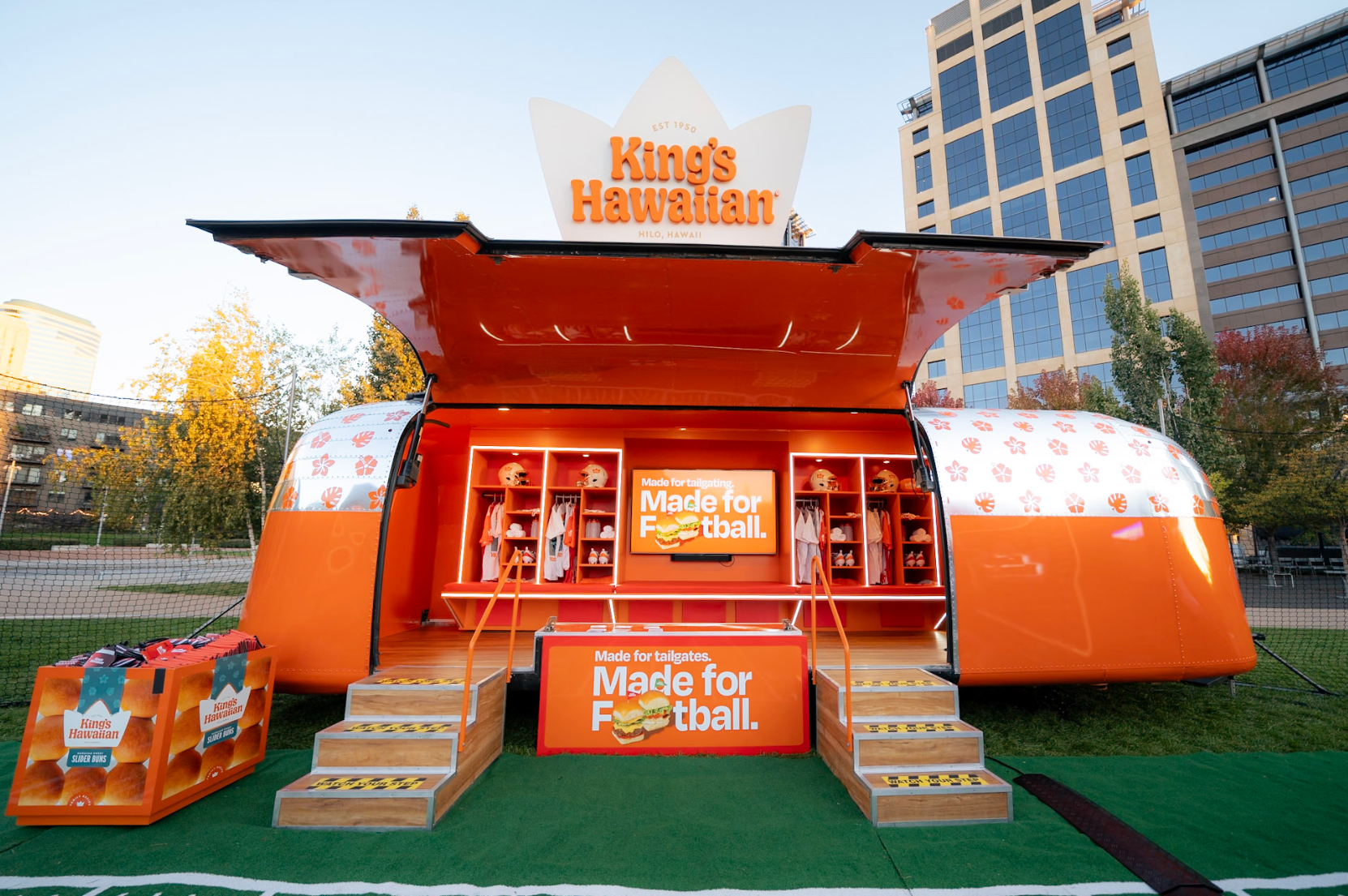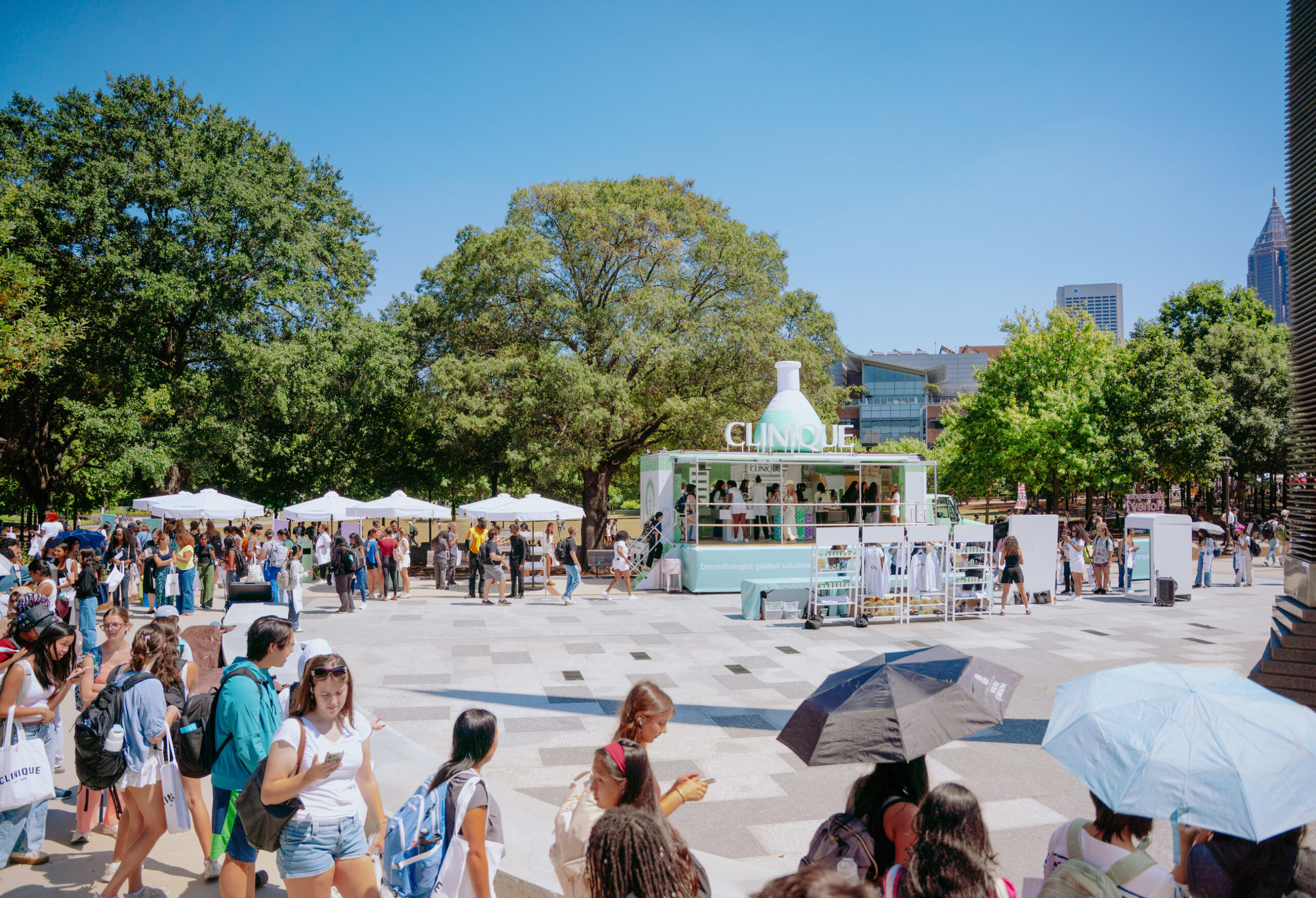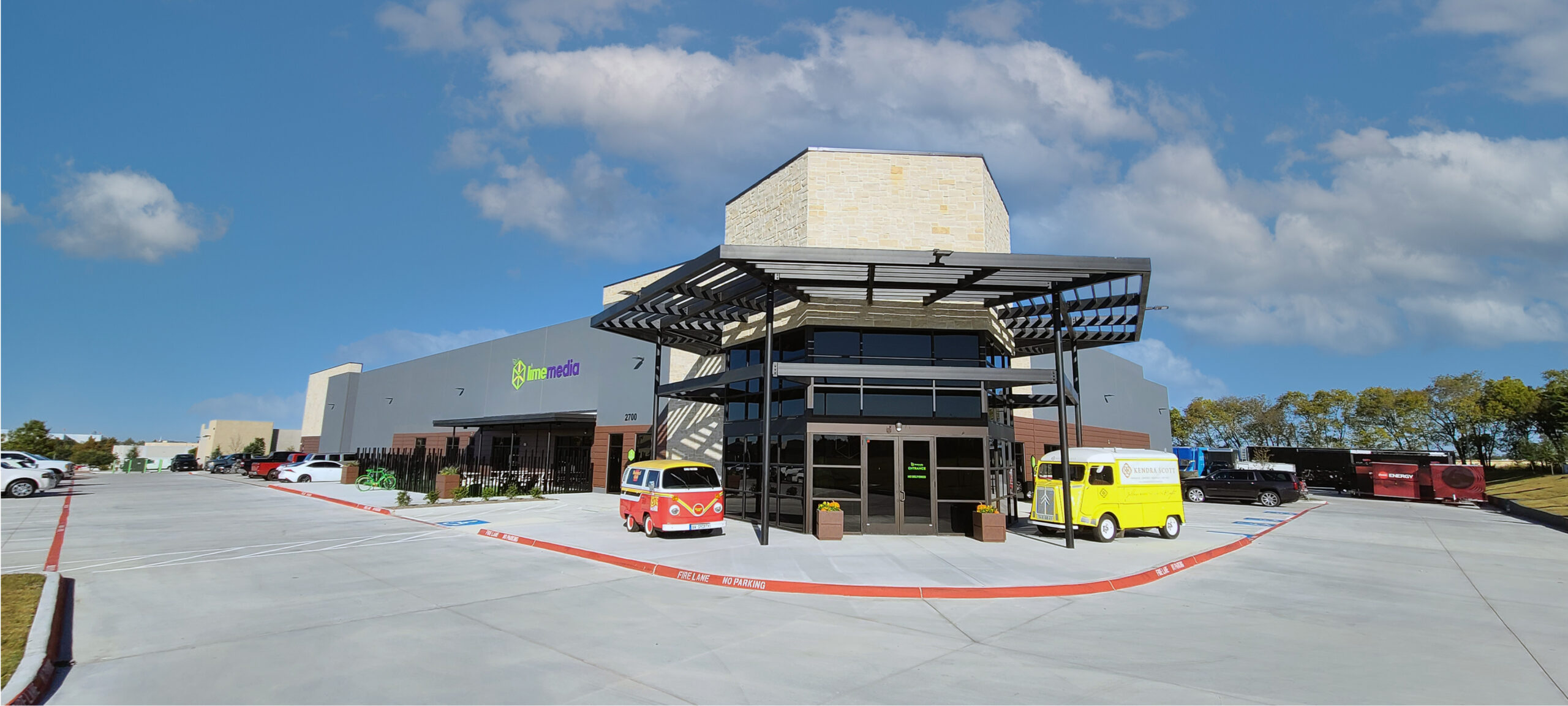Design elements play a key role in experiential marketing. They help create an immersive environment that engages your audience and leaves a lasting impression. Using design elements like lighting, sound, color, texture, and space can help you create a multi-sensory experience that captures your audience’s attention and draws them into your brand story.
The right design elements can reinforce your message and create emotional connections with your audience. They’ll also create a sense of anticipation and excitement, which will get people talking about your brand and increase the success of your campaign. How cool?!
Lighting
Lighting can dramatically affect an activation’s mood, atmosphere, and visual appeal. The right lighting can highlight all the key features of your event, guide your audience’s attention, and create a sense of depth and dimensionality.
Different lighting techniques, such as color washes, spotlighting, and projection mapping, can all be used to create unique and immersive experiences that get your audience talking. Lighting can also change the overall ambiance of your space. What does that look like? Well, warm lighting can create a cozy and intimate atmosphere, while cool lighting can create a sense of modernity and sophistication. Nothing’s worse than having a harsh bright light beaming in on a close-knit, relaxing event… trust me!
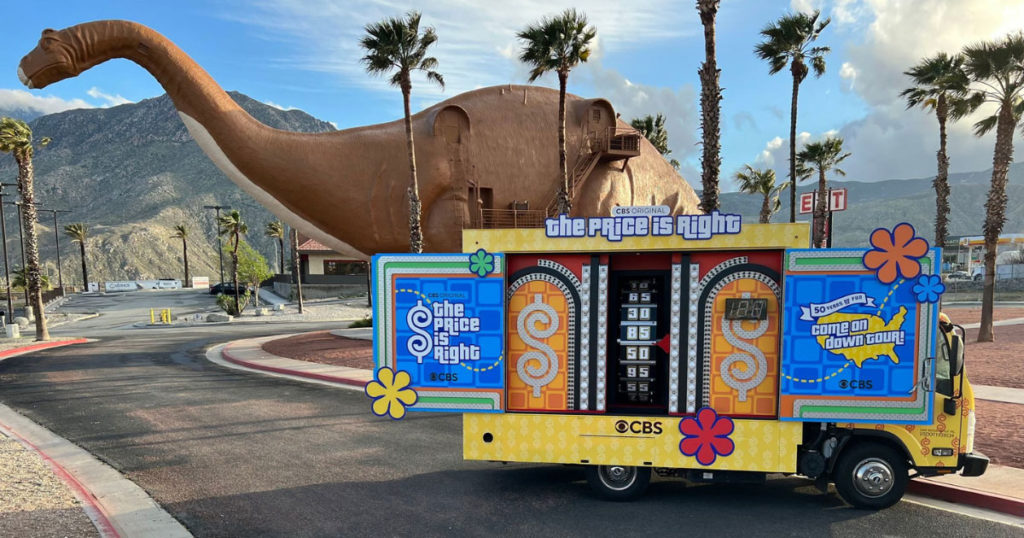
Sound
Using the right sounds for your activation changes the overall experience and emotional response of your audience. Research shows that sound can trigger emotions, and in experiential marketing, the most successful events are the ones that make your audience feel something.
For example, in a product launch event, sound can help create a sense of anticipation or excitement for the product or create a brand-specific soundscape that is recognizable and memorable to the audience.
Have you ever heard a jingle and are immediately able to associate it with a brand? Think about the sound you hear when you turn on Netflix or the “ba da ba ba ba” sound of the McDonald’s jingle. That’s what we’re talking about! Choosing your soundscape is a little different though, because it’s not just a 3-5 second tune. It’s important to choose a sound bed that fits your ultimate goal, whether it be relaxing spa music or energizing upbeat music. Taking the time to invest your time to plan what people will hear (and essentially feel) when they are experiencing your brand will pay off tremendously.
Texture
Texture helps add multiple senses to your event. And the more senses you can utilize, the more success you’ll have! You should use a specific texture to create the feel for the event and your brand, like soft fabric, rough wood, or smooth metal.
Think about a pop-up fashion show. The designer could use a soft and flowing texture to showcase a feminine and romantic dress, creating a sense of grace and elegance. Another designer could use a stiff and structured texture to highlight the strength and power of a tailored suit. Different textures can also create contrast and interest, such as a glossy finish on a leather jacket or a matte finish on a sequin dress. The use of texture helps create a sensory-rich experience that engages the audience, enhances your product, and elevates your brand’s image.

Space
The space of an event must be carefully thought through to ensure that it aligns with your brand’s values and objectives, but you also have to make sure it’s fun and engaging. The layout and design of your space will affect the flow of your event. If it’s a tight fit, attendees will be uncomfortable and less willing to engage with other guests and your brand.
Pro tip: For a larger crowd, think about outdoor spaces or big open spaces with a lot of natural light. For more exclusive events, your space should be smaller and promote the intimacy your brand is trying to offer.
Your physical space is what sets the stage for your event, so make sure you do it right!
Tips for enhancing design elements
- Know your brand: Before designing your event space, you have to understand your brand’s values, messaging, and target audience. Knowing this will influence your design elements and better set you up for a successful event.
- Create a cohesive theme: Create a consistent theme that reflects your brand and product. This theme should be seen throughout all of your design elements, from signage to decor.
- Use color theory: Use color to create an emotional response from your audience. Different colors evoke different feelings like excitement, calmness, or even urgency. Do your research!
- Incorporate sensory elements: Engage with your attendees’ senses by incorporating touch, smell, and sound elements. This helps keep your brand top of mind for consumers.
- Use technology: Incorporating interactive displays, virtual reality experiences, or augmented reality can create an immersive and unforgettable experience for attendees.
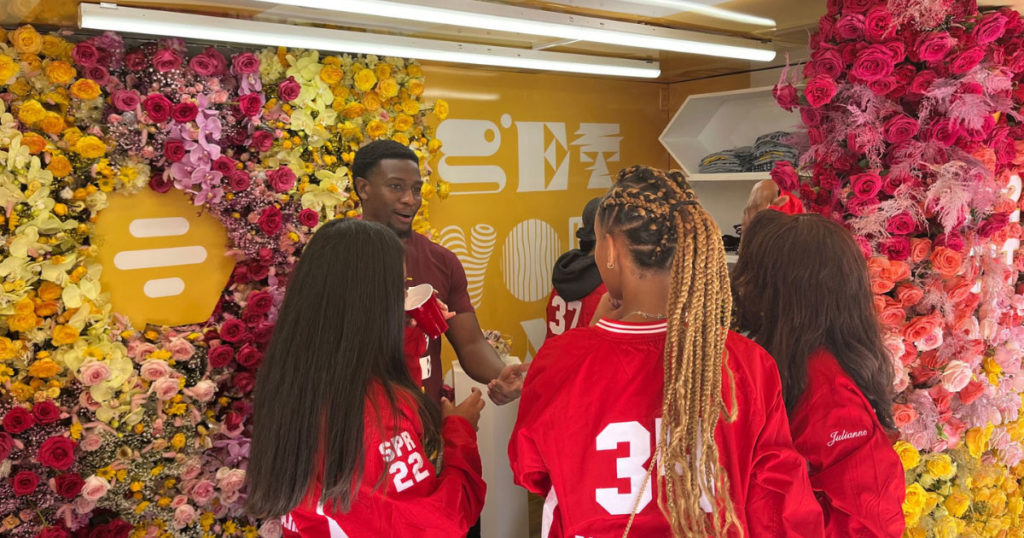
- Pay attention to details: The small details make all the difference. Your attention to detail can make the event more memorable for your audience. Make sure to tuck away storage totes, ensure all cabling is neat, and equipment is out of the way. Take a step back and make sure every detail is taken care of. Implementing different design elements to your activation will give your audience the best experience with your brand and have them keep coming back for more!

